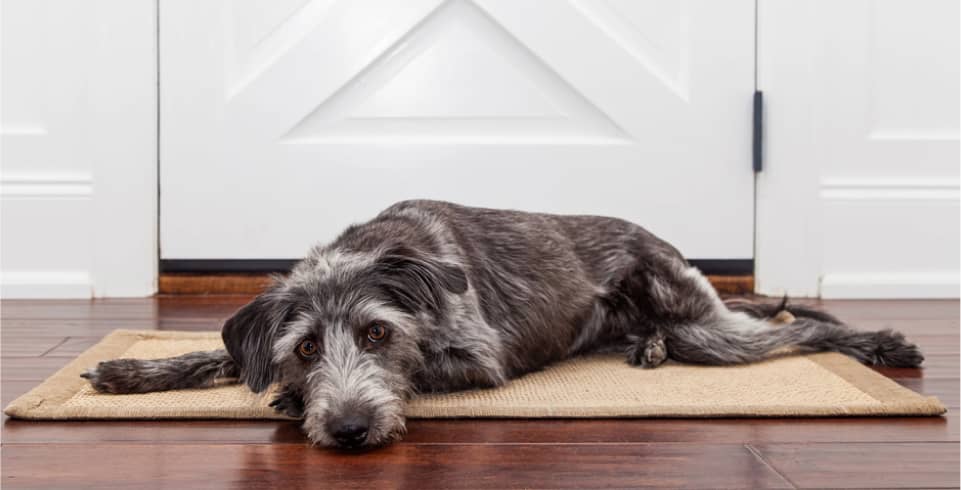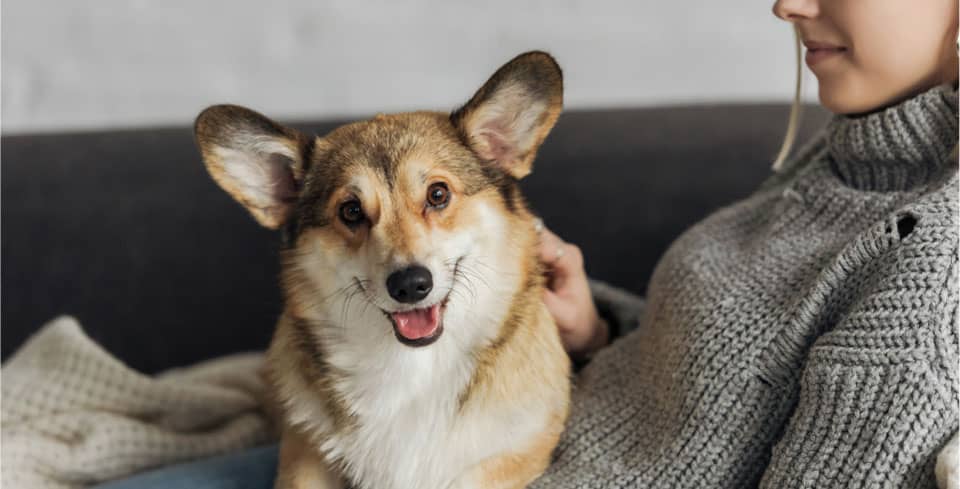Separation anxiety is quite a common behavioral issue for many dogs although it’s most common in young pups. When a puppy is away from his or her owner, they endure intense degrees of withdrawal and deprive themselves of even the most basic luxuries, such as food and water. The indicators of dog separation anxiety will be covered in this article along with recommended treatments so that owners can learn how to spot and deal with these challenging circumstances. We’ll also include a list of the most common questions relating to separation anxiety in the form of an FAQ at the end.
Known Causes
It can be difficult to witness separation anxiety in a cherished pet, especially in dogs. When separated from their human companions, our furry pals suffer from this ailment, which causes them to feel upset and anxious. The different reasons why dogs experience separation anxiety will be looked at in this article. To better understand how this syndrome manifests and how to manage and cure it, we will examine genetics and environmental variables. We’ll talk in particular about how heredity and environment affect separation anxiety among other reasons.

Tell Tale Signs of Separation Anxiety
It can be difficult to witness separation anxiety in a cherished pet, especially in dogs. When separated from their human companions, our furry pals suffer from this ailment, which causes them to feel upset and anxious. The different reasons why dogs experience separation anxiety will be looked at in this article. To better understand how this syndrome manifests and how to manage and cure it, we will examine genetics and environmental variables. We’ll talk in particular about how heredity and environment affect separation anxiety among other reasons.
How to Diagnose Separation Anxiety
See the vet as soon as possible if you’re trying to identify separation anxiety in a dog. After performing a thorough physical examination, the vet can start determining how anxious the dog is. The dog should be examined by the veterinarian for any illnesses or medical concerns that might be stressing it out or producing other problems that could result in separation anxiety. After ruling out any underlying medical issues, the vet can move on to the rest of the examination, checking for any behavioral indications of separation anxiety as well as any alterations in the dog’s behavior. These examinations enable the vet to make a more accurate separation anxiety diagnosis and develop a treatment plan that both the owner and their dog can adhere to. This might entail teaching the dog behavior modification techniques, offering mental stimulation and stress-relieving activities, and, if required, giving the dog medicine. Owners may be sure their dogs are receiving the greatest care by having their pets examined by a veterinarian.

Treatment for Separation Anxiety
Owners of dogs place a great deal of attention on finding an effective treatment for canine separation anxiety. This article will be divided into three sections to address the problem of treating separation anxiety: behavioral modification, medicine, and desensitization and counterconditioning. The identification and treatment of dog separation anxiety can be better understood by owners thanks to a thorough discussion of each subject.



